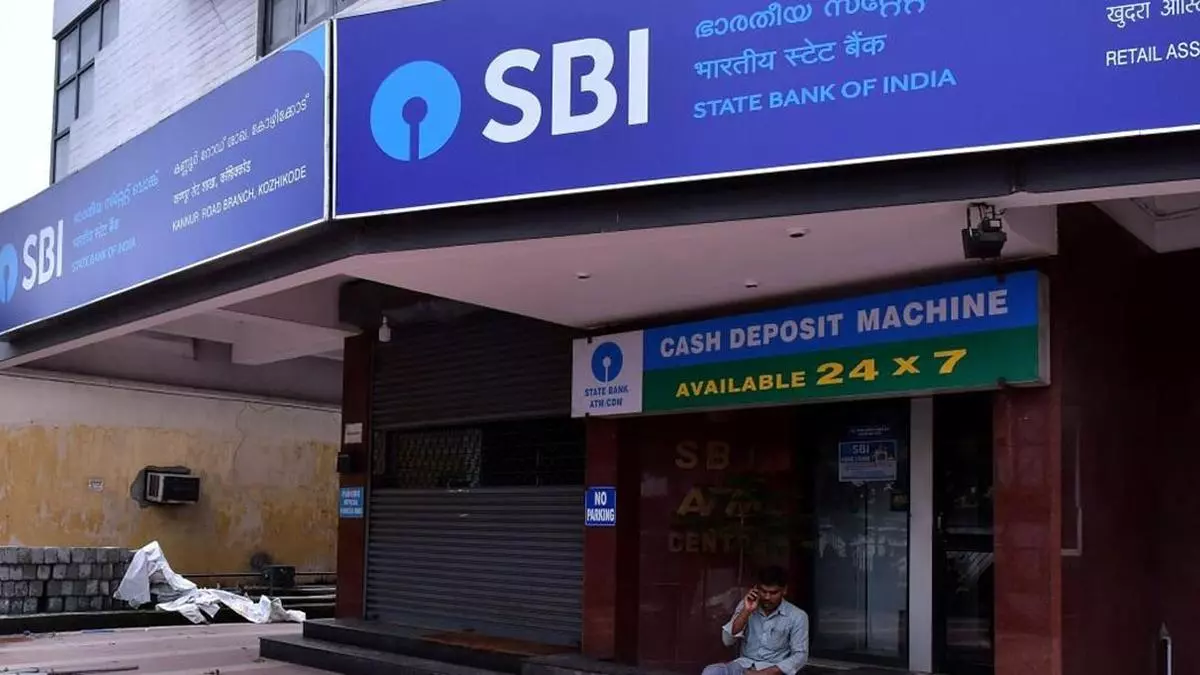Lenders to recover about 19% of principal outstanding exposure to Supreme Infrastructure
Lenders will recover about 19 per cent of the principal amount and about 9 per cent of their overall outstanding dues upfront from Supreme Infrastructure Industries Ltd (SIIL) via a compromise settlement under Section 230 of the Companies Act. Over and above this, a portion of the bad debt that has been converted into equity (lenders don’t have to infuse fresh funds for this acquisition) can give some of the lenders, including the State Bank of India (SBI), an upside if the company starts performing, said sources in the lenders’ consortium.
They emphasised that the compromise settlement was agreed to by 86 per cent of the lenders by value of their exposure. Such settlements have to be approved by the National Company Law Tribunal and once it is approved by the Tribunal, it becomes binding on all the creditors/lenders. Some of the EPC (engineering, procurement and construction) cases which were resolved under CIRP, resulted in less than 5 per cent recovery for lenders.
The overriding factor for the settlement is to continue the company as a going concern where all the stakeholders in the ecosystem — employees, workers, vendors, dealers, logistics support providers etc. continue and their livelihood is preserved, the sources said.
‘Dangerous precedent’
This assertion by lenders comes even as Congress General Secretary Jairam Ramesh, in a social media (X) post on Tuesday, said, “In a extraordinary move, the SBI has decided to convert its outstanding debt into equity in Supreme Infrastructure India Limited (SIIL), a firm that declared bankruptcy. The lenders, including SBI, took a 93.45 per cent haircut on the debt. This arrangement creates a dangerous precedent in India’s corporate debt landscape…”
The sources underscored that the compromise settlement offer by a company under Section 230 of the Companies Act is a standard practise when it is staring down the barrel and it is almost certain that the Corporate Insolvency Resolution Process (CIRP) would result in its liquidation/ winding up.
SIIL became a non-performing asset (NPA) in lenders books in 2015. Three attempts to restructure/revive it during the 2016-2020 under the then prevalent restructuring frameworks did not yield results due to changes in regulations. Neither did recovery bids via debt recovery tribunal, the Securitisation and Reconstruction of Financial Assets and Enforcement of Security Interest (SARFAESI) Act, 2002, and sale to an asset reconstruction company succeed.
As on March-end 2023, lenders, including SBI, Punjab National Bank, Canara Bank, Union Bank of India, Bank of India and Central Bank of India, collectively had an exposure (principal) of ₹2,391 crore to SIIL. Overall, including interest, they had an exposure of ₹4,952 crore.
Normally, asset light companies, such as EPC (engineering, procurement and construction) companies offer either very low recovery through CIRP or in most of the cases land up in liquidation, further deteriorating the value for lenders, said the sources.
